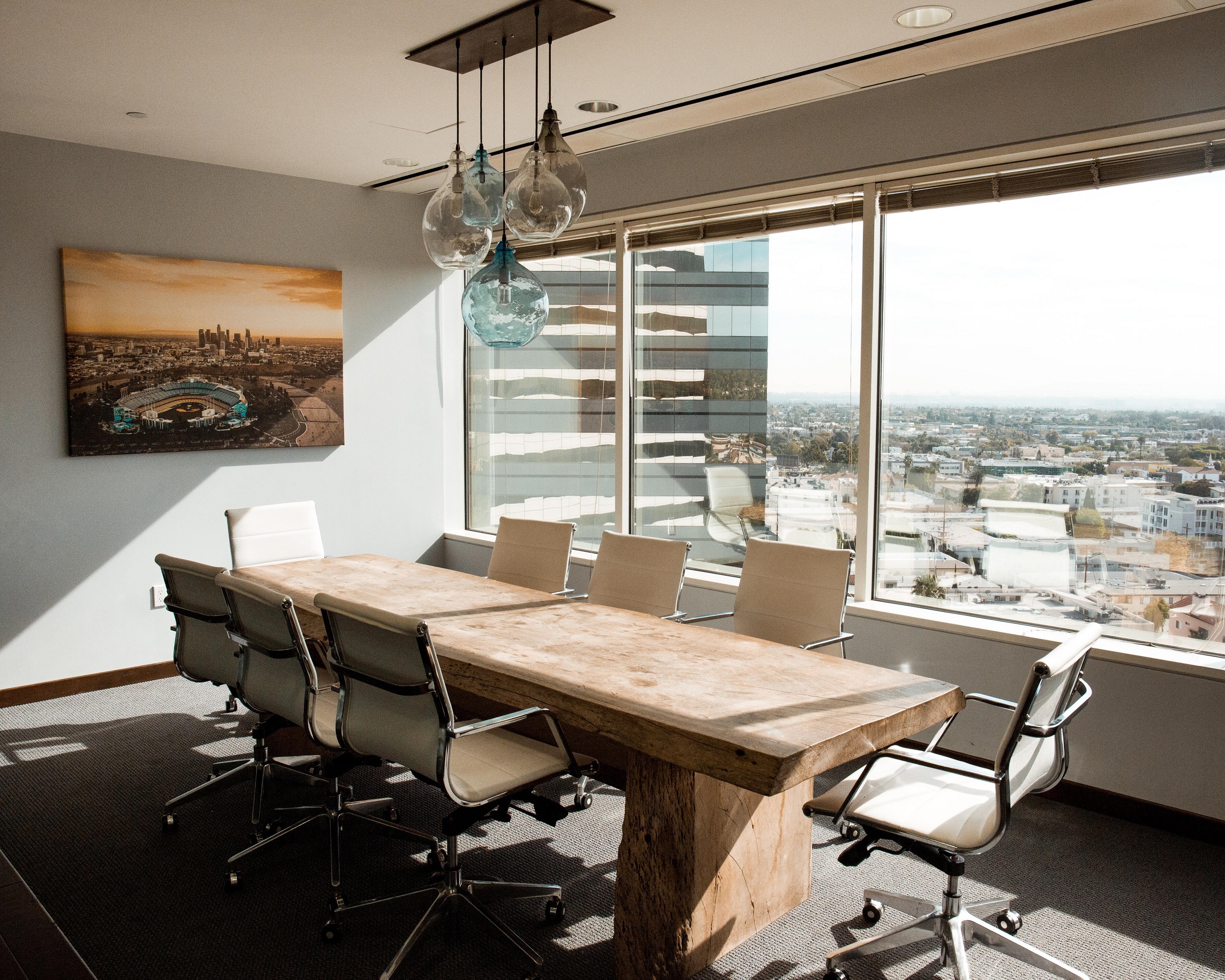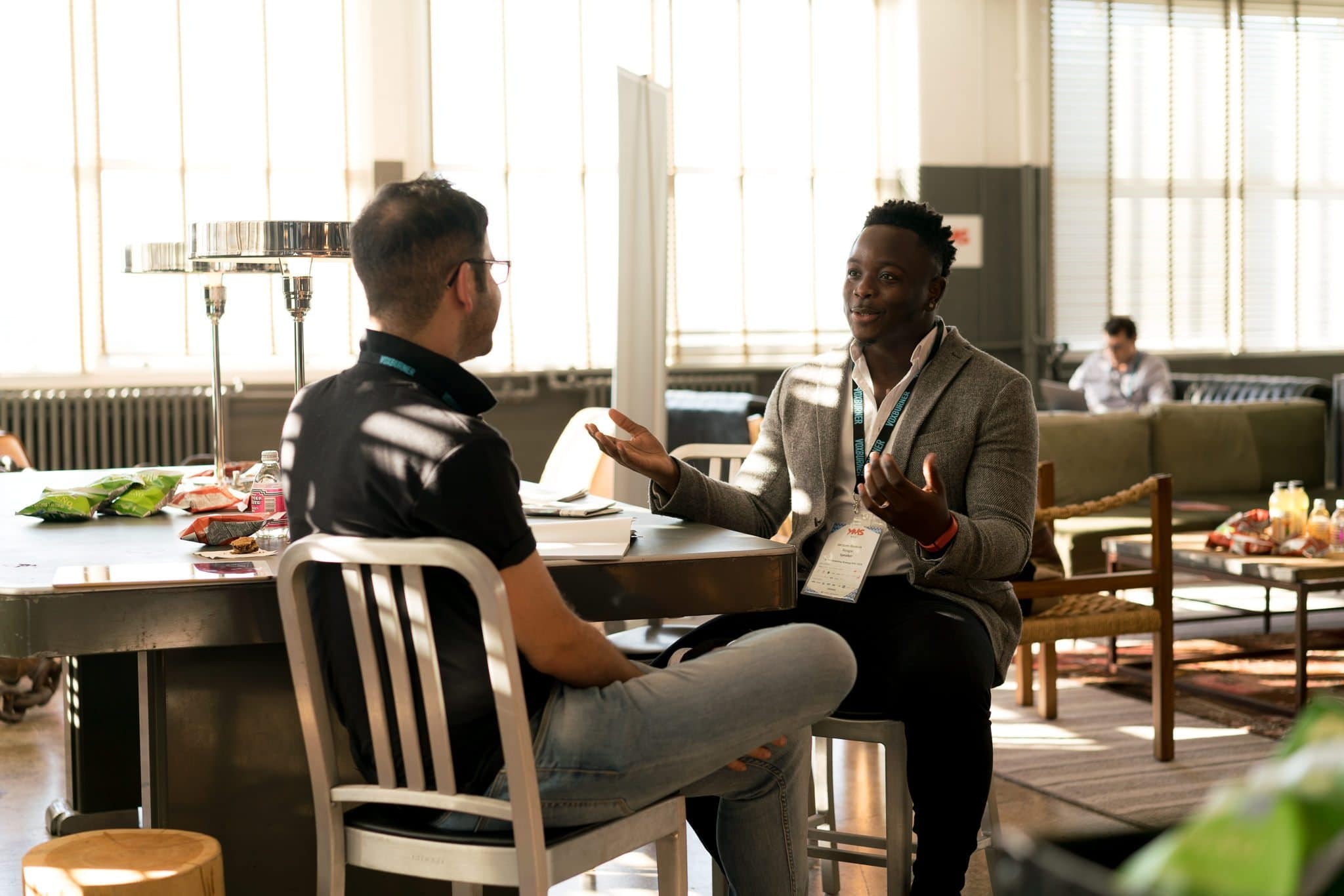The new workforce, made up of Millennials and Gen Z don’t like the concept of cubicles. Those entering the workforce or looking for positions now are doing so in a time when tech companies are the holy grail for employment. These tech firms have set the standard for what an office space should look like. These office spaces are certainly not the cubicles of the past. So how do you set yourself apart from the competition and use your office space as an advantage in the talent war? We’ve included 10 features that will make your workspace more attractive to Millennials and Gen Z.
1. Collegiate-like Spaces
We’ve all heard about collaborative spaces – but what about collegiate-like spaces? They’ll take your new Gen Z employees back to their (fairly recent) days of pulling all-nighters in the quad and tapping into coffee-fueled deep focus.
KI and HOK’s research on the topic found that over 80% of company new hires experience being “lost in transition”. At the same time, 90% of corporations are recruiting future workforces on campus. Familiar environments can create an easier transition for a new workforce with increasingly differing expectations of what they want in a workspace.
2. A suite of amenities
Millennials are working longer hours as a result of increasing workload and have less time to leave the office to get their errands done. According to a recent Manpower Group study, 73% of millennials, worldwide, worked 40+ hours a week and almost a quarter worked 50+.
Organizations are delivering value added service for them through a variety of amenities as a result of more time in the office. The trend is less about a work-life balance and more of a work-life seamless integration.
Cresa highlights the value of amenities, in the war for talent, below:
The ultimate building amenity? New Balance is building a commuter station at their Boston HQ office to better serve employees. Match that if you can!
3. Technology
It is important to implement a seamless mix of technology. Despite the tech-savvy stereotype of millennials, don’t expect them to walk into your office and know how to utilize your software. They’re used to using Instagram and Snapchat, technology designed for the consumer, that can be quite different from your client invoicing or expense system.
Rather, well designed enterprise technology that learns from consumer facing technology, will help Millennials and Gen Z’s perform better at work . When companies are able to tap into effective apps or software, productivity increases. One of our favourite software designed for work? Slack.
4. Coffee
Coffee makes an office go round and some darn good coffee is a must. Millennials and Gen Z –ers who have grown up with Starbucks and European style coffee shops are looking for more than the average cup of jo. An analyst report from the Specialty Coffee Association of America showed that Millennials drink more specialty coffee than any other generation.
Now’s the time to splurge on that fancy coffee machine you were eyeing for the office, or some quality beans.
5. Acoustic Controls
An open office design is counter-intuitive if everyone has their headphones in, because it’s too noisy. In describing how to design for “The Way We Work Now”, Stevie Toepke, lead consultant at The Frontier Project notes how their new space considered this when designing their new space:
“In theory, open space like our community tables could serve as a place to collaborate; unfortunately, if there is too much talking in the designated coworking space, earbuds become standard equipment for anyone not participating in a meeting that needs to work. The value of the light chatter is lost.”
Toepke goes on to describe several other spaces at The Frontier Project which include quieter zones that great for private phone calls, small meetings and deep focus work.
Other, middle-of-the-road, options are available as well. Manufactures are now designing products to provide noise control without hindering collaboration. One example is the Talk collection by Keilhauer. It supports natural human social interaction nature, while incorporating aspects of privacy. When two people are talking, they naturally turn their bodies toward each other and the v-shape of these reflect that. Furthermore, the high backs provide privacy and blocs out some of the auditory and visual distraction you get in an open plan office.
6. Third Spaces
The Third Space ties into several of the above concepts and can be placed throughout the office. The third space is a place for both Millennials and Gen Z as well as all other workers to gather in a more informal setting. It provides an area for peaceful recharge, small collaborative meetings, or even more casual interactions and relationship building with co-workers.
Learn more about building effective third spaces..
7. Fresh Food Options
Nielsen research shows that Millennials and Gen Z value foods with healthy attributes more than other generations and put their money where their mouth is. Gen Z was the most willing of all generations to pay a premium for healthy foods.
Ensuring that fresh food is available onsite is important to employees. The Staples Workplace Index showed that employees value fresh food even more than a fitness when it comes to a wellness program. If you have an onsite cafeteria, work with your food and service vendors to introduce healthy options if they haven’t already done so.
8. Natural Light
This goes for all employees. It has been seen that workers with windows got an average of 46 minutes more of sleep per night compared to their windowless counterparts. The reality for now is that in a time when most of us are getting 6 hours of sleep a night – an extra 46 minutes makes a big difference.
Use designs that allow for more natural light and provides maximal day light. Avoid having private offices and meeting rooms along the perimeter of your building, where they eat up natural light. Instead, move your bullpens and common areas next to windows so that your entire team can get exposure
9. Sustainability

National Sustainability Breakdown at the Case Foundation Offices Photo: Heather Hardman
Design your workspace to have a low environmental and social impact. The Deloitte 2016 Millennial survey showed that Millennials want businesses to focus more on people (employees, customers, and society), products, and purpose—and less on profits. Making your work environment embody these concepts by designing for people, incorporating purpose is an excellent way to demonstrate this commitment to employees.
10. Ergonomics
This is one that we still do not see often enough. While the above amenities are great – it is important to plan for ergonomic considerations. This is especially important in light of the amount of time employees spend sitting down in front of screens.
Fortunately, sit-stand height adjustable desks are growing in popularity. These allow workers to be provided with alternatives to being seated all day. Check out this infographic on workplace ergonomics to keep all your employees, including Millennials and Gen Z, healthy and happy.









